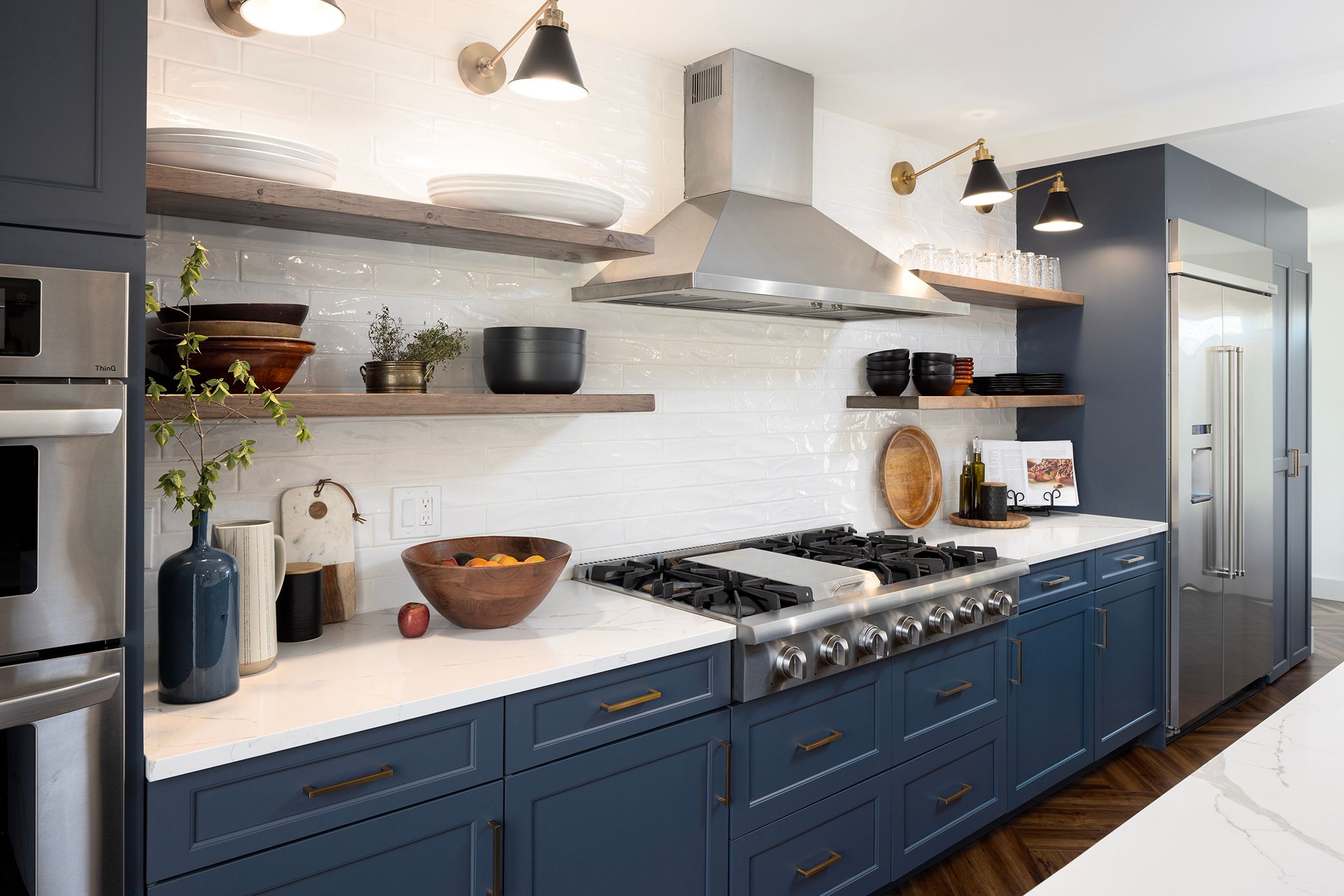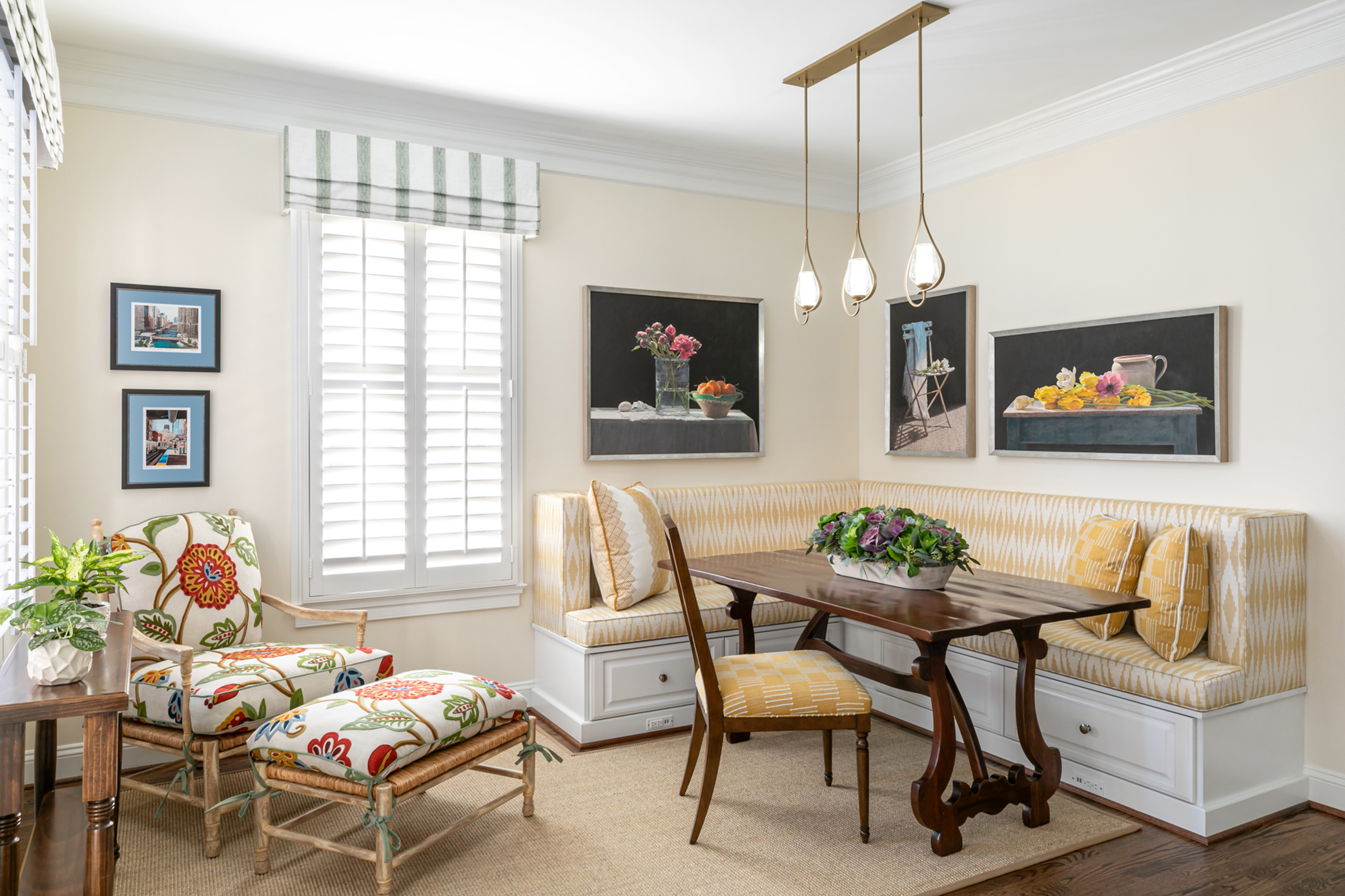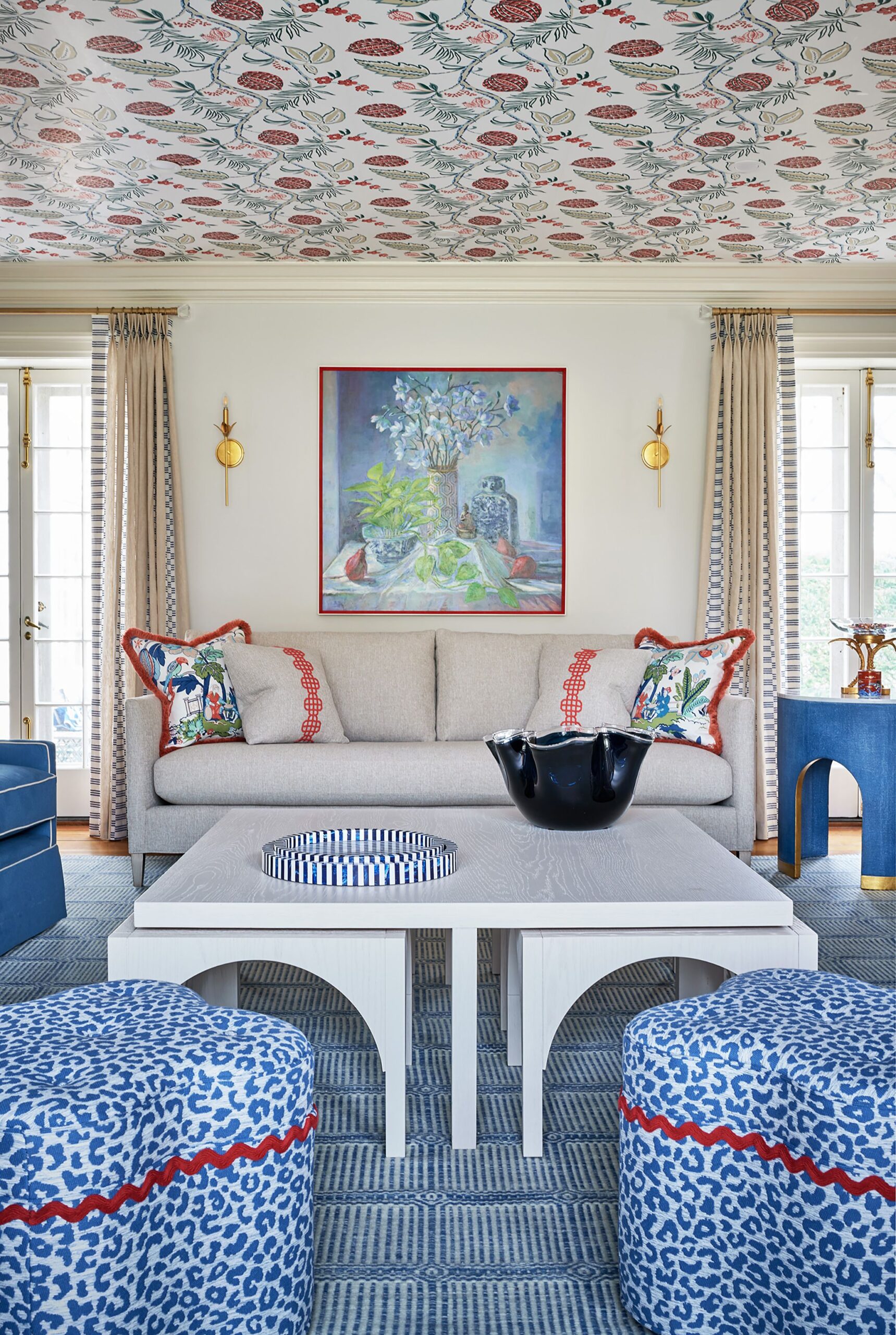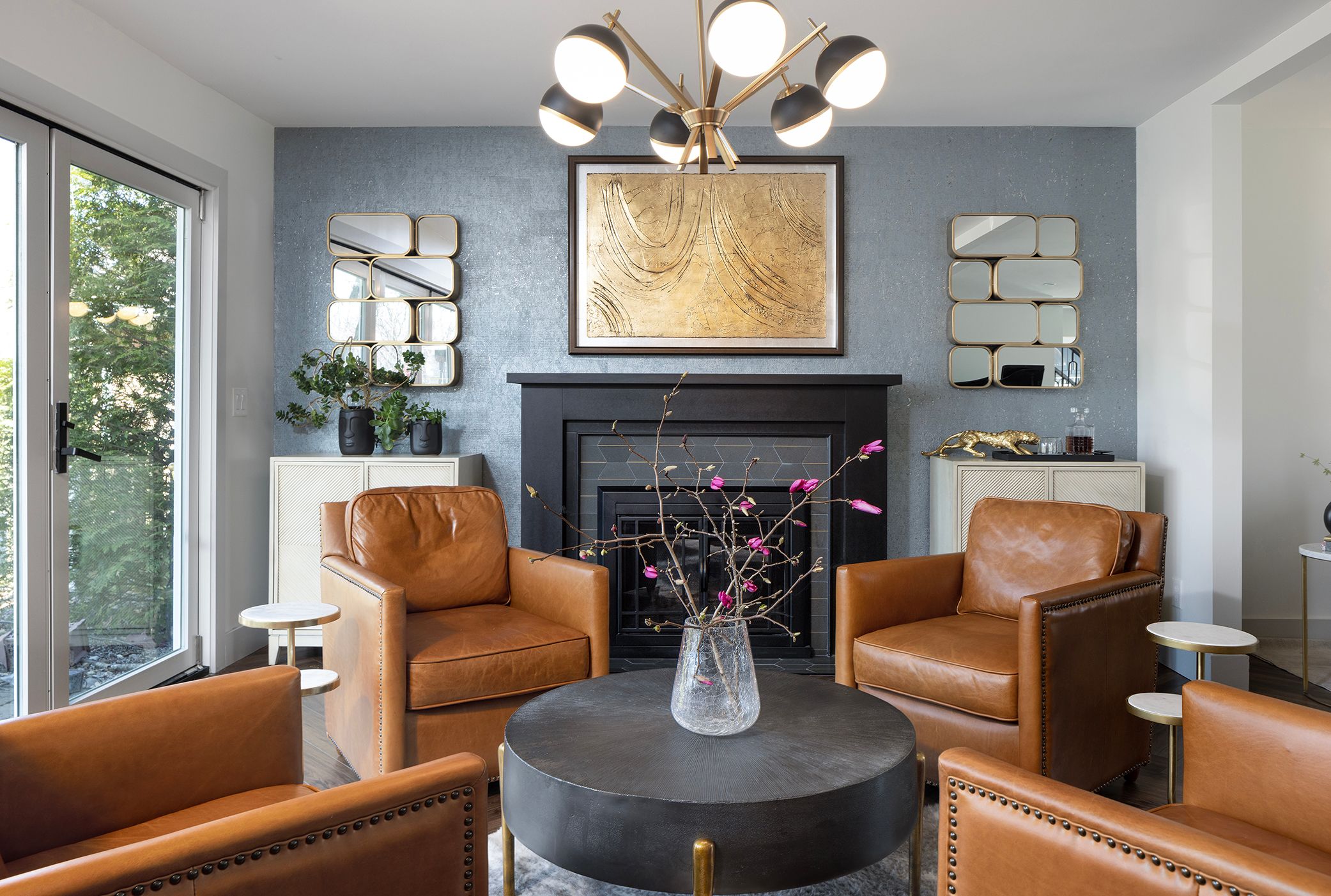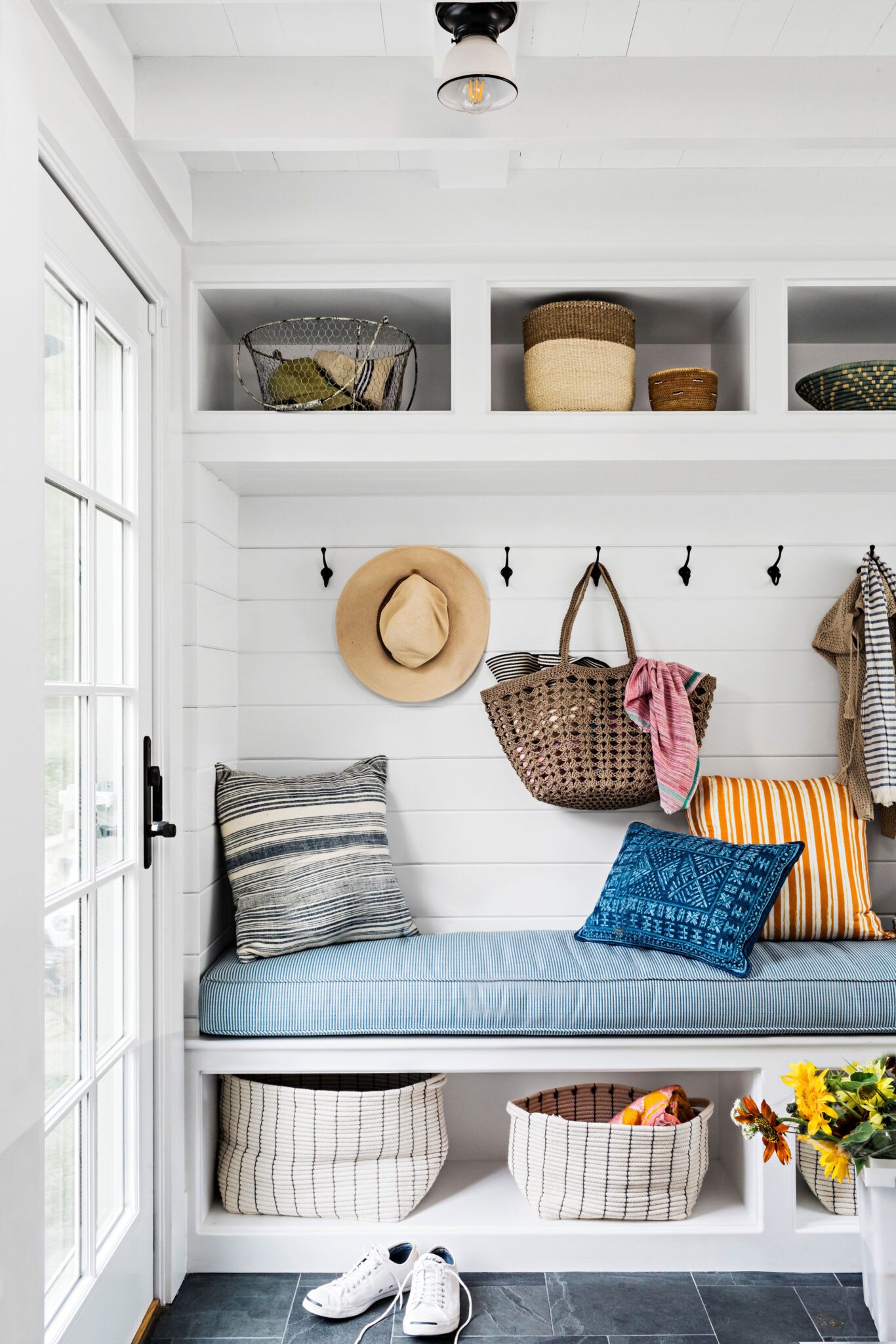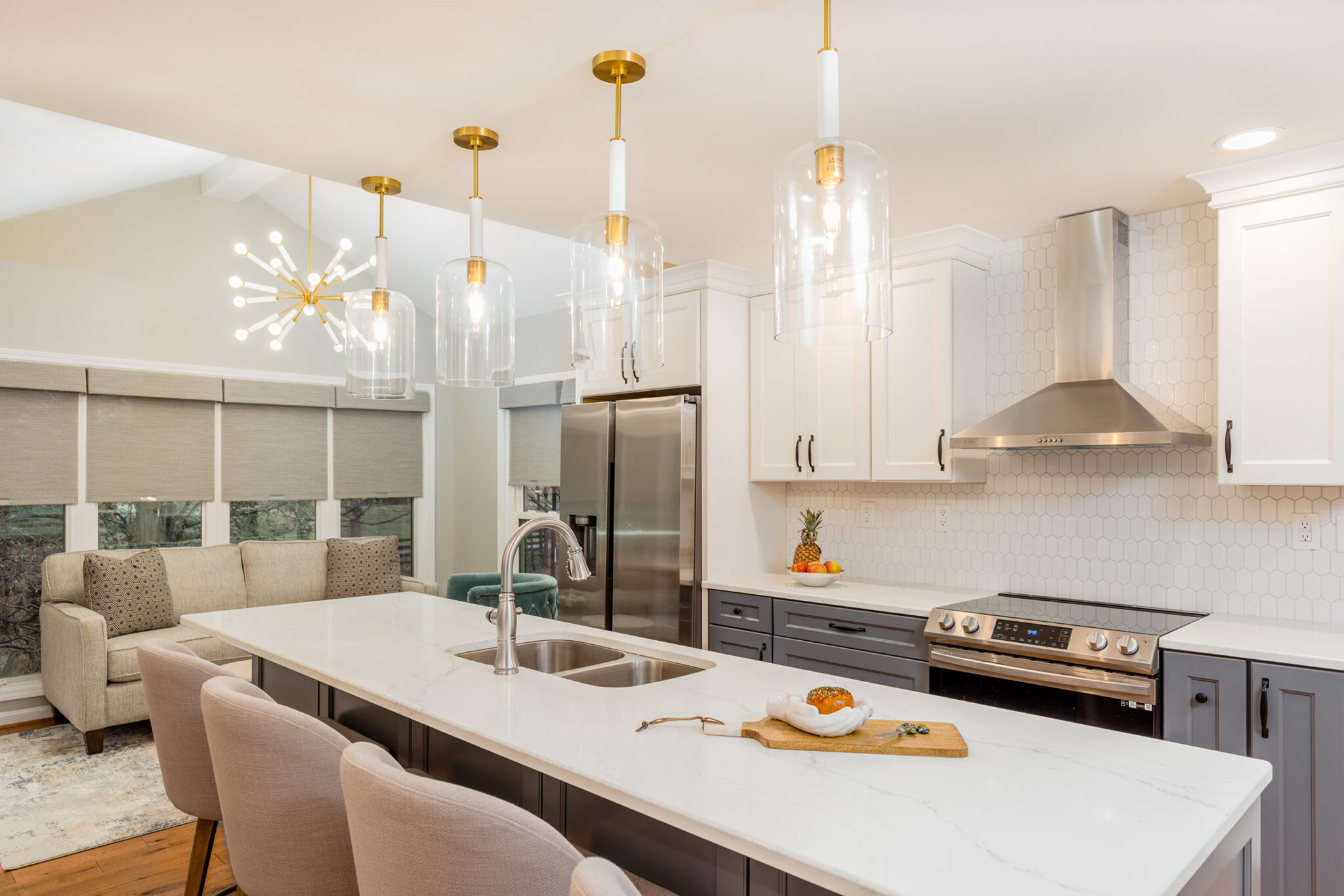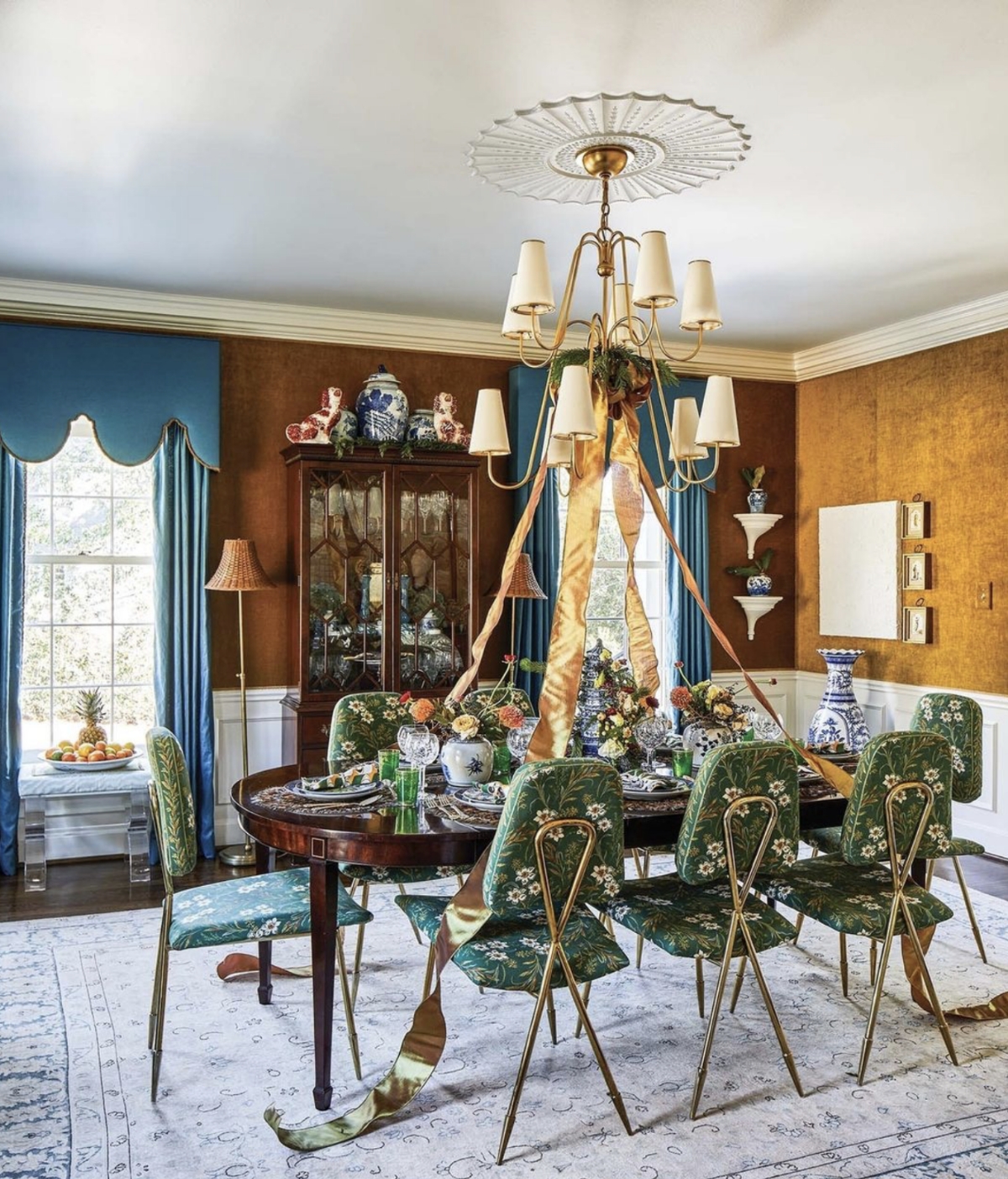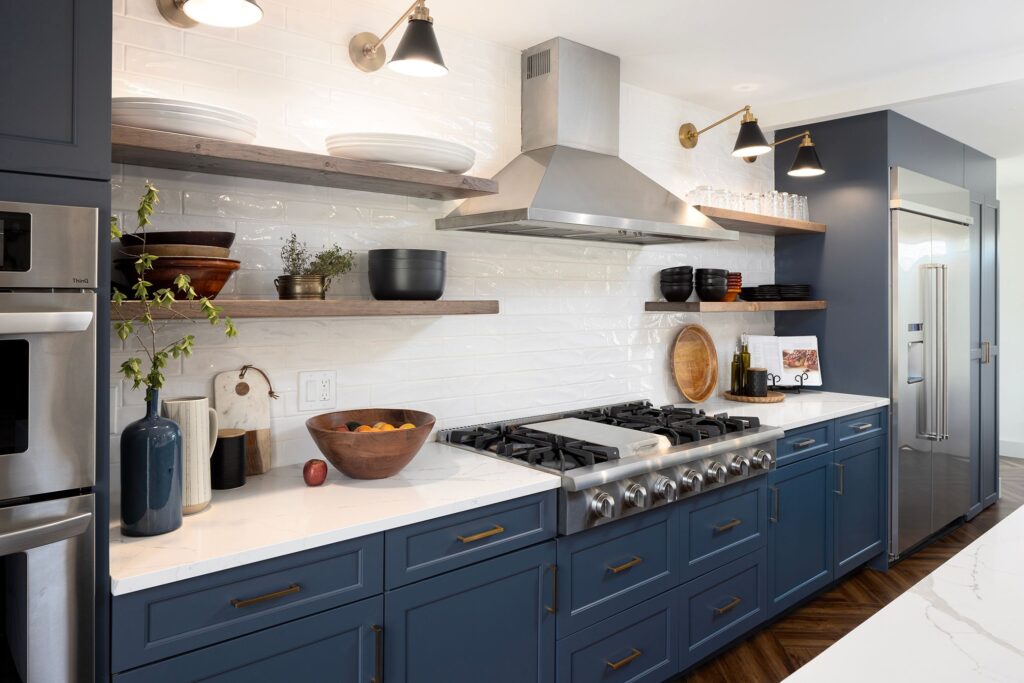
- Mixing different colored metals in the kitchen has no strict rule; it adds depth and visual interest when done correctly, focusing on harmony and balance.
- Start with a dominant metal and choose one or two more for accents according to guidelines. Avoid overloading the space with too many metals to maintain a coherent and pleasing look.
- Align your choice of metal colors with your kitchen’s color palette. Experimenting with unexpected combinations can yield personalized and unique designs.
Mixing Metals in Your Kitchen: A Bold Statement or Design Faux Pas?

Hello wonderful readers! I’m excited to discuss a topic many ask about – mixing different colored metals in your kitchen. Is it acceptable? Does it look good? I’ve experimented and researched this concept, and can’t wait to share my findings.
No hard and fast rule exists about mixing metals. It can create a dynamic, visually interesting space when done right. It’s about creating harmony and balance, not just throwing together random elements. I’ll guide you on choosing metals that complement each other, and how to distribute them effectively throughout your kitchen.
Feeling a bit overwhelmed is completely normal. Remember, interior design is a journey. It’s about finding what works for your space and resonates with your personal style. I’m here to guide you on this journey. If you have questions or need advice, don’t hesitate to contact me.
A Creative Approach
Understanding Harmonious Blend
Mixing metals in your kitchen isn’t subject to rigid rules. This approach can inject depth and intrigue into your space. For instance, a harmonious blend of brass, copper, and stainless steel can foster a welcoming atmosphere. Focus on intentional design, not random selection.
Striking the Right Balance
 When selecting metals, ensure they complement, not compete with each other. For instance, stainless steel appliances, brass cabinet hardware, and a copper light fixture might be an excellent combination. These metals should collectively enhance your kitchen’s aesthetic, not overshadow each other.
When selecting metals, ensure they complement, not compete with each other. For instance, stainless steel appliances, brass cabinet hardware, and a copper light fixture might be an excellent combination. These metals should collectively enhance your kitchen’s aesthetic, not overshadow each other.
Guidelines for Mixing Metals
Start with a dominant metal and choose one or two additional metals to complement it. For instance, if you have stainless steel appliances, you might select brass as your secondary metal for hardware and light fixtures. The dominant metal provides a cohesive look, while the secondary metals add visual interest.
Avoiding Clutter and Confusion
Avoid using too many different metals in your kitchen. It can create a cluttered and confusing look. Stick to two or three types of metals at most. This approach ensures an appealing balance and avoids overwhelming the space with too much variety.
Transitioning to Different Design Elements
Once you’ve mastered the art of mixing metals, you can look at other design elements to enhance your kitchen’s overall look. You might consider the incorporation of different textures, patterns, or colors, always keeping harmony in mind. In our next section, we’ll talk about how to effectively use color in your kitchen design.
Mastering the Mix of Metals in Your Kitchen
Choosing a Dominant Metal
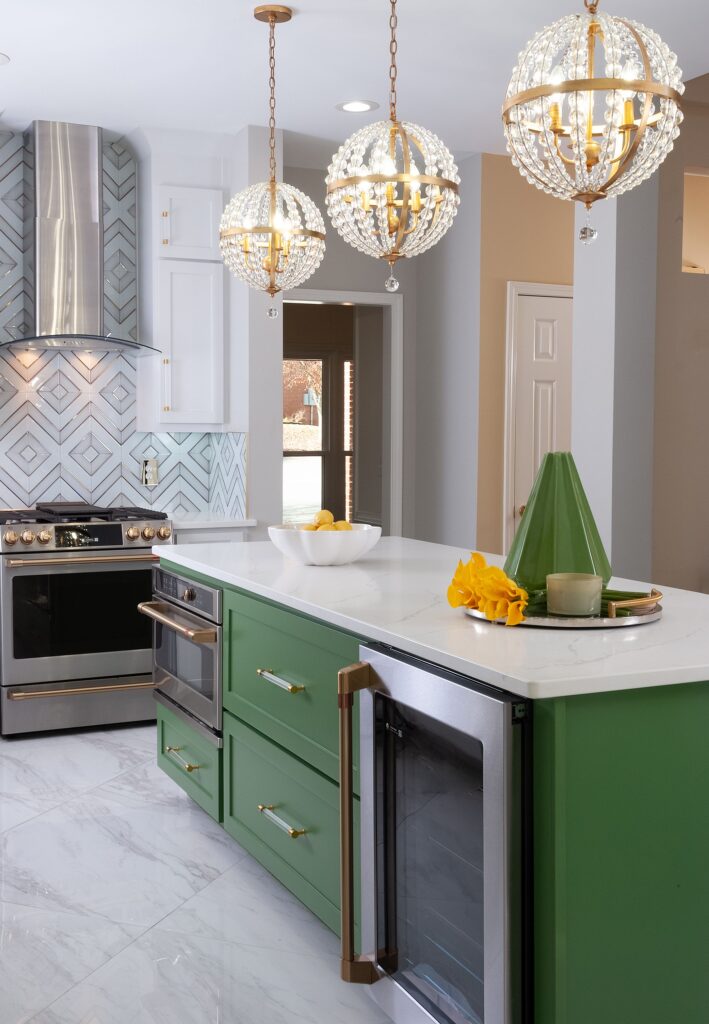 When it comes to mixing metals, a successful method involves selecting one dominant metal. This primary metal sets the tone for your kitchen’s overall aesthetic. You could opt for the sleek modernity of stainless steel, for instance. This could be used for major elements like your appliances and sink.
When it comes to mixing metals, a successful method involves selecting one dominant metal. This primary metal sets the tone for your kitchen’s overall aesthetic. You could opt for the sleek modernity of stainless steel, for instance. This could be used for major elements like your appliances and sink.
Introducing Accent Metals
Once you’ve chosen your dominant metal, it’s time to introduce accent metals. These accents add a unique touch to your design. You might introduce brass or copper, subtly incorporated through details like cabinet hardware or light fixtures.
Maintaining Cohesion
Maintaining a sense of cohesion is crucial. While the mix of metals adds visual interest, it’s crucial the space doesn’t become chaotic. By using your dominant metal extensively and accent metals sparingly, your kitchen maintains a unified and harmonious look.
Creating Balance
Striking a balance is key in this design approach. The eye shouldn’t be overwhelmed by too many different metals. Instead, the variety should enhance the space, creating a pleasing visual rhythm. It’s about balance, not overloading the senses.
Transitioning Aesthetically
In implementing this method, transitions between different sections of your kitchen become aesthetically pleasing. The mix of metals becomes a natural progression, not a jarring contrast. On that note, let’s transition to the next section, where we’ll discuss how to choose the right colors to complement your metal mix.
Exploring the Symphony of Metal Colors in Your Kitchen
Pairing Metals with Your Color Palette
The color palette of your kitchen significantly influences your choice of metal colors. Certain metals naturally harmonize with specific hues. For instance, warm colors like reds, oranges, and yellows often embrace brass and gold tones. They imbue your kitchen with a cozy, inviting atmosphere.
Contrasting Metals with Cooler Hues
In contrast, silver and stainless steel provide a striking balance with cooler hues like blues, greens, and greys. The result is a sleek, modern aesthetic that exudes a sense of calm and sophistication. These metals bring a contemporary edge to your kitchen, offering a refreshing contrast to the warmth of the cooking space.
Breaking the Color-Metal Rules
These guidelines serve only as a starting point in the vast world of interior design. I’ve witnessed exquisite kitchens that defy these conventions. They mix different metal colors in unexpected ways, creating a unique, personalized look.
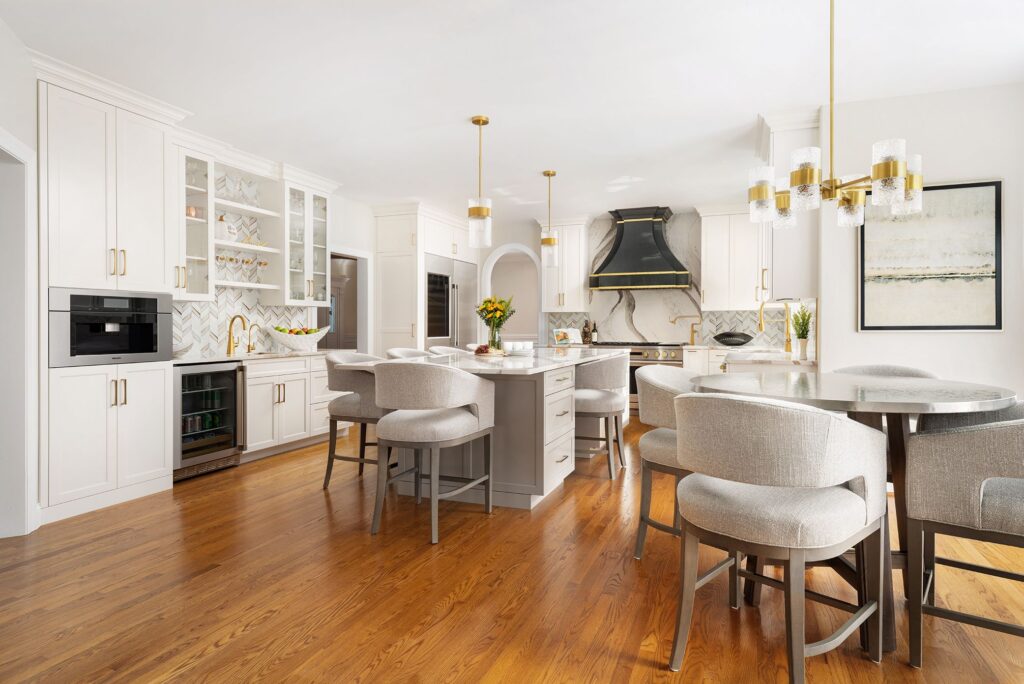 Mixing Metals for a Unique Look
Mixing Metals for a Unique Look
Indeed, the use of contrasting metal colors can create a dynamic, layered look. This technique adds depth and character to your kitchen, making it stand out. Remember, the rules are there to guide, not restrict your creativity.
Transitioning to the Next Design Element
Once you’ve selected your metal and color pairings, the next step is to consider other elements in your kitchen. This could include your choice of lighting, flooring, or even the layout. Each aspect builds on the others, creating a harmonious design that reflects your personal style.
Mastering the Art of Mixing Metals in Your Kitchen
Metal Finish Selection
Finishes play a crucial role in your kitchen’s aesthetic. Polished finishes exude a shiny, mirror-like quality, while brushed finishes offer a more matte, subdued look. You can go for either, depending on your preference.
Mixing Finishes
You can elevate your kitchen’s appeal by mixing finishes. This technique lends your space an interesting depth. For instance, pairing a polished brass faucet with brushed gold knobs and pulls can create an engaging contrast.
Considerations in Metal Mixing
When mixing metals, consider balance. Too much of one metal can create monotony, while too many can result in chaos. Strike a balance that complements your kitchen’s overall design.
Color Coordination
Even with different metals, color coordination remains key. Make sure the metal hues complement the other colors in your kitchen. They should enhance, not clash with, your existing color scheme.
Transitioning Metal Tones
Smooth transitions between metal tones help maintain a harmonious look. Subtle gradations from lighter to darker metals can give a sophisticated touch. This approach prepares you to explore the next design element in our series.
Mixing various colored metals can indeed add a unique charm to your kitchen. It’s about striking a harmonious balance. For instance, brass and stainless steel can work together to create a warm, inviting space. Similarly, copper and silver can lend an air of sophistication. Understanding their individual characteristics and how they can complement each other is the trick. Remember, every element in your kitchen contributes to the overall aesthetics.
In the end, it’s all about your personal style and how you want your kitchen to feel. There’s no harm in experimenting until you find the perfect mix! If you’re still unsure or need some guidance, I’m here to help. For a free consultation, simply Contact Me. If you’re interested in further tips and tricks, sign up for my Newsletter. Let’s embark on this exciting design journey together. Remember, it’s your kitchen; let’s make it a reflection of you.

